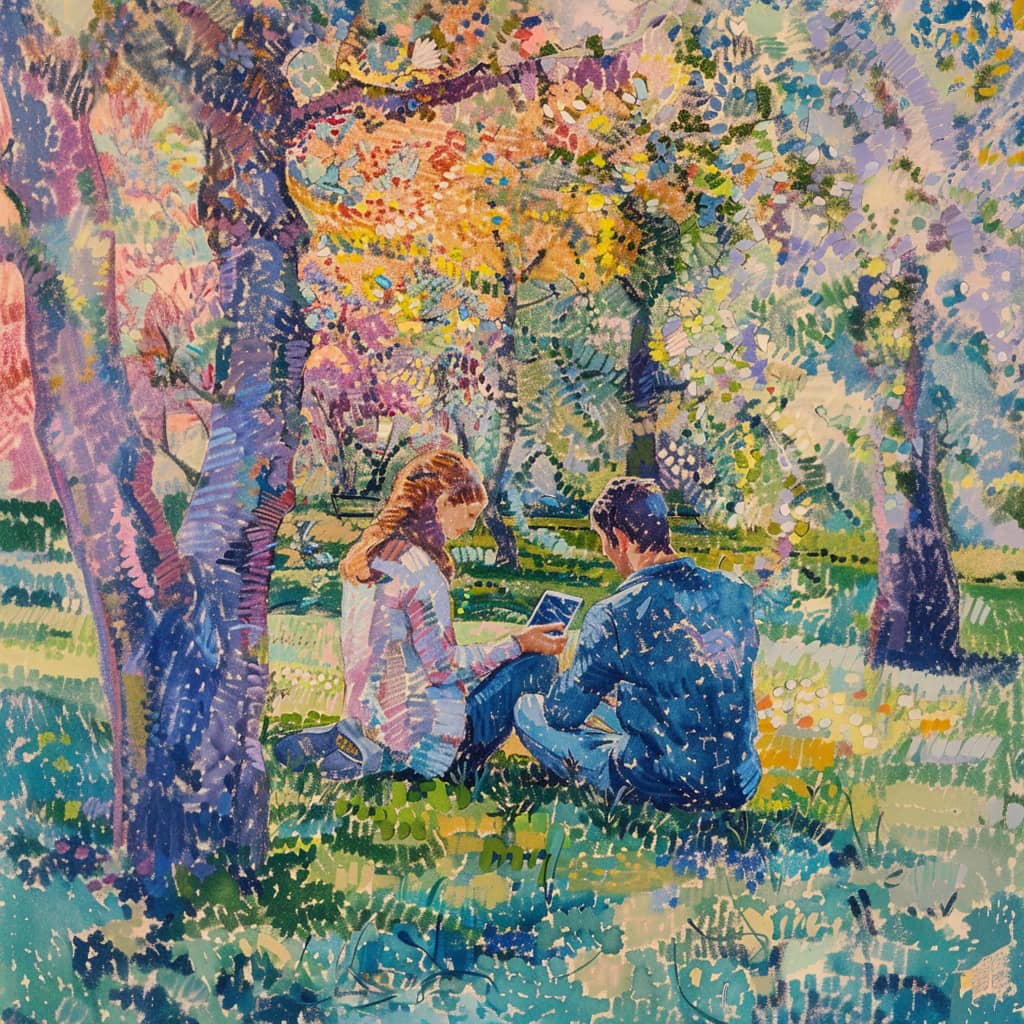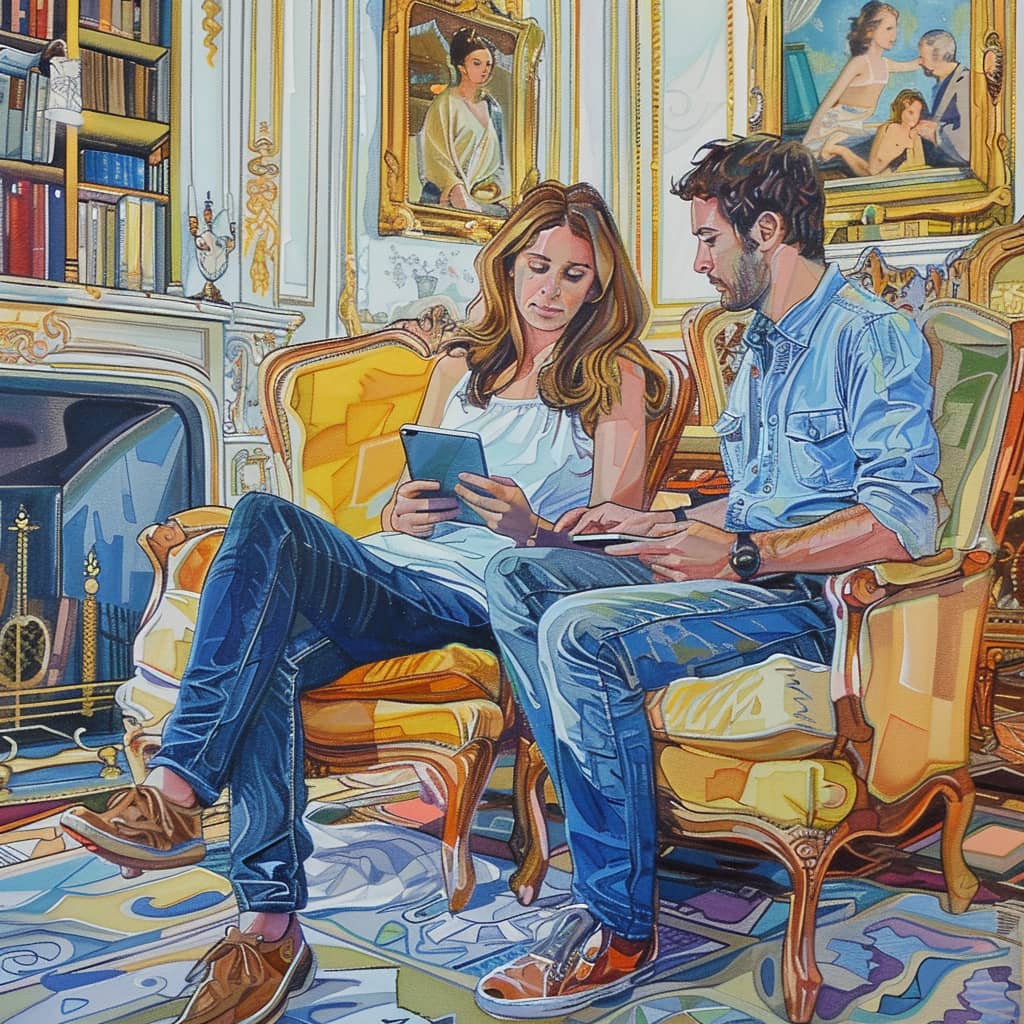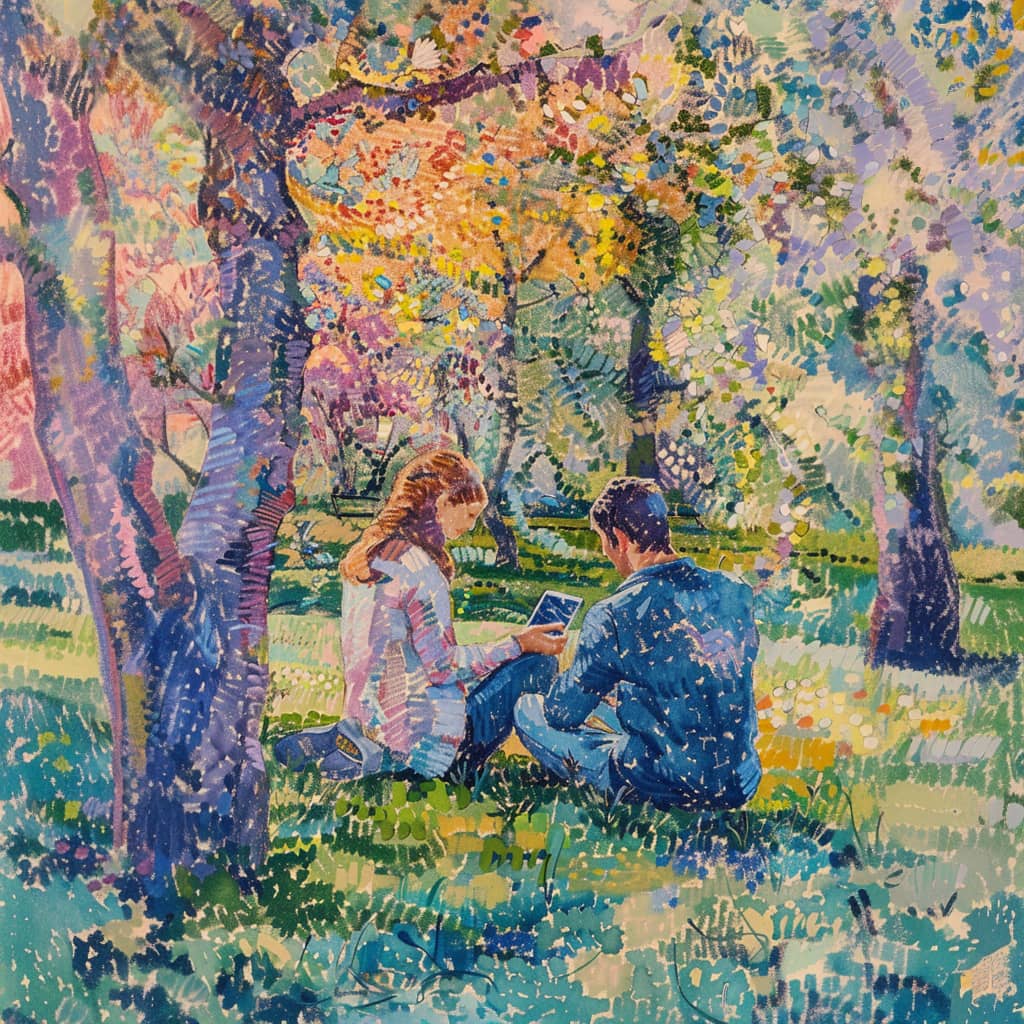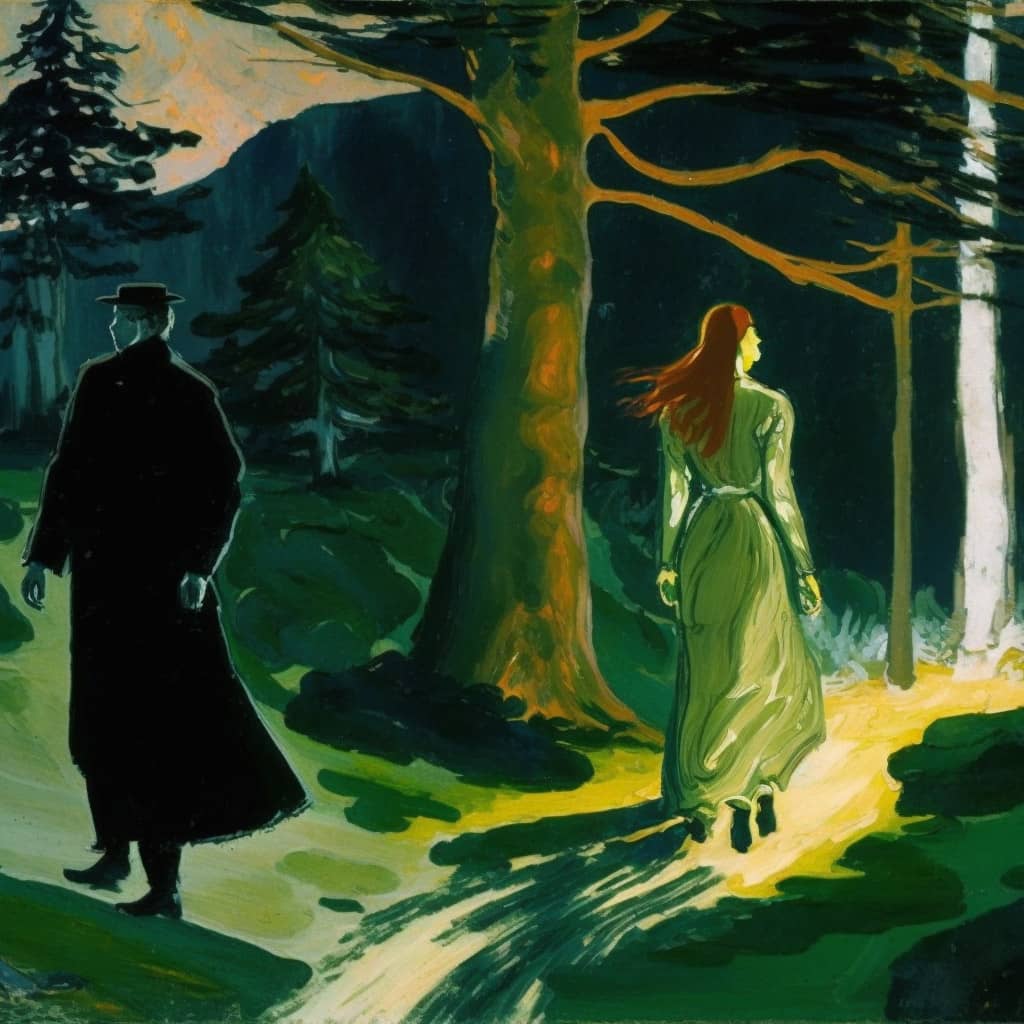Introduction: A Dot into the Future
Georges Seurat stands as a titan among neo-impressionists, known for his innovative techniques and meticulous approach to the science of color and light. This blog post delves into the life and artistry of Seurat, examining how he revolutionized the art world with his development of Pointillism, a technique that transformed tiny dots into a vibrant visual experience. Join us in exploring Seurat's journey from a young ambitious artist to a master whose techniques continue to influence artists today.
Early Life and Artistic Beginnings
Georges Seurat was born into a middle-class family in Paris in 1859. From a young age, he demonstrated a keen interest in art, a passion that was encouraged by his family, particularly his uncle who was an amateur painter. Seurat’s formal education at the École des Beaux-Arts in Paris introduced him to traditional artistic techniques and the academic style of painting. However, it was his own explorations and his dissatisfaction with the established norms of color and light that propelled him toward innovation. This section explores how Seurat's academic background laid the groundwork for his radical departure towards Pointillism, setting him on a path to challenge and redefine the boundaries of contemporary art.
The Birth of Pointillism
In 1884, Georges Seurat began experimenting with a new method of painting that involved applying small, distinct dots of color to the canvas, which would come to be known as Pointillism. This technique was developed as part of a broader movement known as Neo-Impressionism, which sought to infuse the spontaneity of Impressionism with a more systematic and scientific approach to color and form. This part of the blog delves into the development of Pointillism, detailing Seurat’s meticulous application of color theory and his collaboration with artists like Paul Signac. Together, they explored how precise arrangements of colors could enhance the luminosity and harmony of a painting, radically changing how artists approached the canvas.
 Seurat-style painting by Midjourney AI artist NaaveelaB
Seurat-style painting by Midjourney AI artist NaaveelaB
Masterpieces that Defined a Movement
Seurat's most renowned work, ‘A Sunday Afternoon on the Island of La Grande Jatte,’ is a prime example of Pointillism in its most mature form. Painted over two years with countless hours dedicated to drafting and reworking, this masterpiece showcases Seurat's methodical approach and his obsession with detail. This section offers a detailed analysis of this painting and others, such as "Bathers at Asnières," to highlight how Seurat’s technique creates vibrant scenes brimming with life yet composed entirely of static, isolated dots. Each work is explored in terms of its compositional structure, use of color, and the optical effects achieved through Seurat’s distinctive method.
The Science Behind the Art
Seurat's interest in art was deeply intertwined with his fascination with science, particularly the study of color optics and the behavior of light. His approach, which he called Chromoluminarism, was influenced by theories from scientists like Michel Eugène Chevreul and Ogden Rood, who had discovered that colors seen side-by-side interact in highly dynamic ways. This section delves into how Seurat applied these principles to create a palette that was not just visually appealing but also harmoniously resonant according to specific scientific principles. It explains how his strategic use of hues and shades was meant to trigger a brighter and more vibrant visual response when perceived from a distance.
Seurat's Legacy and Influence on Modern Art
Though Georges Seurat's career was tragically short, his impact on the art world was profound and lasting. After his death, his techniques and theories influenced a wide array of modern art movements, from the color experiments of the Fauvists to the geometric explorations of the Cubists. This section assesses Seurat’s enduring legacy, considering how his insistence on a scientific approach to painting laid the groundwork for abstract art and various forms of expressionism. It also looks at contemporary artists and movements that still draw on his techniques and theories to inform their work, demonstrating the timeless relevance of his artistic innovations.
Conclusion: The Enduring Vision of Georges Seurat
Georges Seurat's dedication to the fusion of art and science established him as a pivotal figure in the transition from traditional to modern art. His work continues to inspire both artists and art lovers, transcending generations and trends. As we reflect on Seurat’s contributions, it becomes clear that his vision goes beyond the canvas, inviting us to see the world not just as it appears, but as a complex interplay of light and color.














